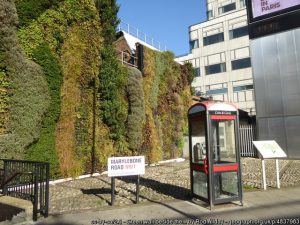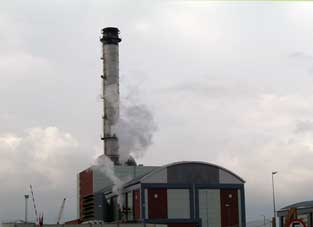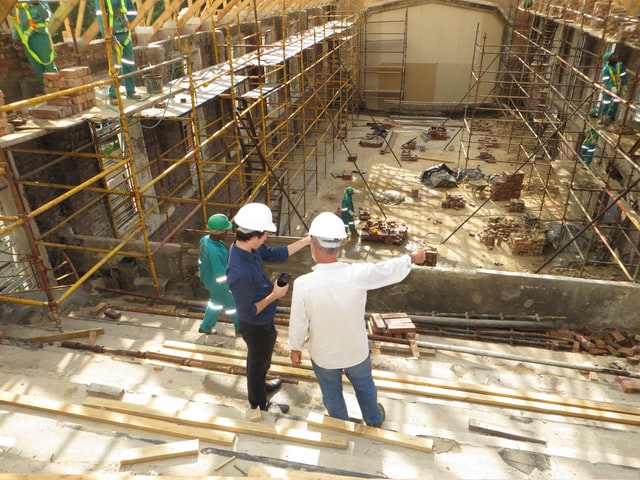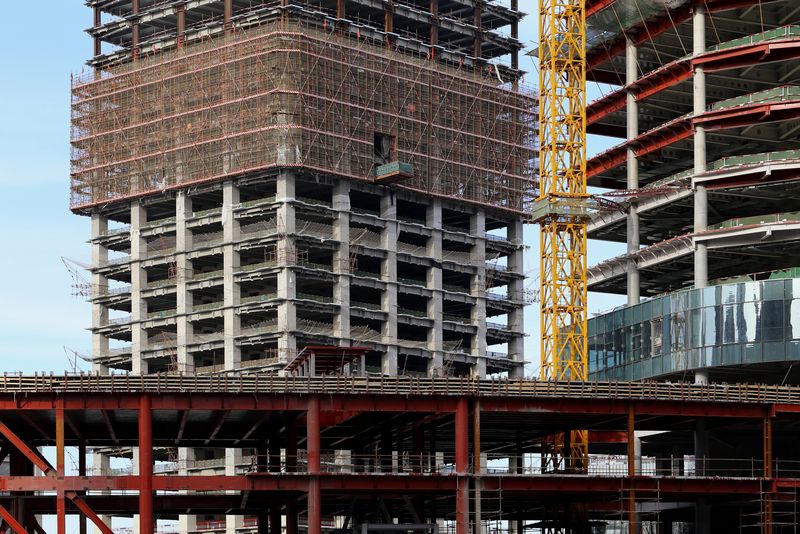Air Quality Positive – what will it entail and how can you prepare?
24-09-2020
Last updated 14-02-2024
What is it?
The ‘Intend to Publish London Plan’ includes ‘Policy Sl1 Improving Air Quality’ which contains the unassuming text that as well as all development meeting the requirements of Air Quality Neutral, large scale development “should consider how local air quality can be improved across the area of the proposal as part of an air quality positive approach”. In simple terms, this means that the Greater London Authority (GLA) will expect large developments to benefit local air quality.
This might seem difficult if, for example, you are proposing development on brownfield or unused sites or if the development is likely to have a large polluting footprint. There are, however, numerous ways forward. The GLA suggests that a holistic approach should be undertaken with the Air Quality Positive approach linking to other policies of the London Plan, including energy master planning and green infrastructure. They suggest that one of the keys to delivering the necessary benefits will be to consider an Air Quality Positive approach at an early stage of the process to allow the project team to identify, based on local conditions, which options are likely to deliver the greatest improvement to local air quality.
These might not necessarily need to be on-site measures. The air quality positive approach will be secured through the use of planning conditions and/or S106 agreements.
Air Quality Neutral
The Air Quality Positive approach is an upgrade on the GLA’s air quality neutral policy (Policy 7.14), which aimed to ensure that development did not lead to a worsening of air quality across London. This policy is admirable and is being included in the new London Plan; however, its associated guidance is full of loopholes, which has resulted, arguably, in a tick box exercise that doesn’t do enough to minimise emissions from development across London. 
As an example, when assessing the impact of road traffic emissions – i.e. the single biggest contributor to pollution in London – the Air Quality Neutral assessment looks exclusively at emissions from cars, ignoring the HGV-sized elephant in the room, which can alongside LGVs, motorcycles and coaches, emit pollution freely without consideration! From the GLA’s perspective, it may have been a success; however, it could have done far more to reduce pollution from new development.
So what can we expect from Air Quality Positive?
As the New London Plan is not yet adopted and no Air Quality Positive guidance exists to date, there is a great deal of uncertainty on how it will be assessed and enforced. Clues for how the air quality approach might be enforced exist in London and nationwide; it could take the Air Quality neutral “benchmarking approach”, with tighter emission benchmarks for new development, or it could take the “damage cost” approach, which is becoming more common throughout the UK (see our blog on emissions mitigation).
Given that the New London Plan suggests that solutions should be site specific, the generic benchmarking approach looks unlikely and so, it is our professional opinion that the “damage cost” approach will underpin the achievement of air quality positive. Indeed, whilst the new London Plan is not yet adopted this has not stopped some boroughs from adopting their own versions of the policy. For example, the London Borough of Hillingdon’s new Local Plan contains ‘Policy DMEI 14 Air Quality’ which states that development proposals should “actively contribute towards the improvement of AQ”, with their statutory Air Quality Action Plan (AQAP) referring to “Air Quality Positive”.
The damage cost approach involves the calculation of how much pollution (usually fine particulate matter (PM2.5) and nitrogen dioxide (NO2)) a development will produce over an appraisal period (5 to 10 years). This mass of pollutant is then converted into a monetary value which developers must use as an indication of the scale of air quality mitigation that might be required.
The London Borough of Hillingdon (LBH) has been recently seeking S106 financial contributions to aid in the delivery of their AQAP where sufficient mitigation cannot be integrated on-site. It is also worth noting that the demands of LBH have exceeded those of authorities nationwide, with the damage cost being based on ten years’ of emissions instead of five (i.e. doubling it) and with the offsetting process changing to mean that the cost of measures itself can no longer be used to offset the damage cost. For example, a travel plan that reduces development car trips by 10% and costs £30,000 to implement will no longer be able to use the £30,000 to offset the damage cost and instead a 10% reduction will be levied.
What should you do to prepare for Air Quality Positive?
It is an established fact that mitigation measures integrated into early project design in the form of air quality strategies and management are likely to be more sustainable and cost effective than measures implemented retrospectively, without considering the potential delay in project delivery.  We therefore advise developers to get an air quality consultant on board at an early stage to talk through measures that could actively improve air quality in the local area. Phlorum has recently collated a series of generic mitigation measures that could be integrated into early designs for a range of land-uses. If you would like to know more about how an air quality positive approach could be integrated into development design or you are looking for air quality consultants, please do not hesitate to get in touch.
We therefore advise developers to get an air quality consultant on board at an early stage to talk through measures that could actively improve air quality in the local area. Phlorum has recently collated a series of generic mitigation measures that could be integrated into early designs for a range of land-uses. If you would like to know more about how an air quality positive approach could be integrated into development design or you are looking for air quality consultants, please do not hesitate to get in touch.



